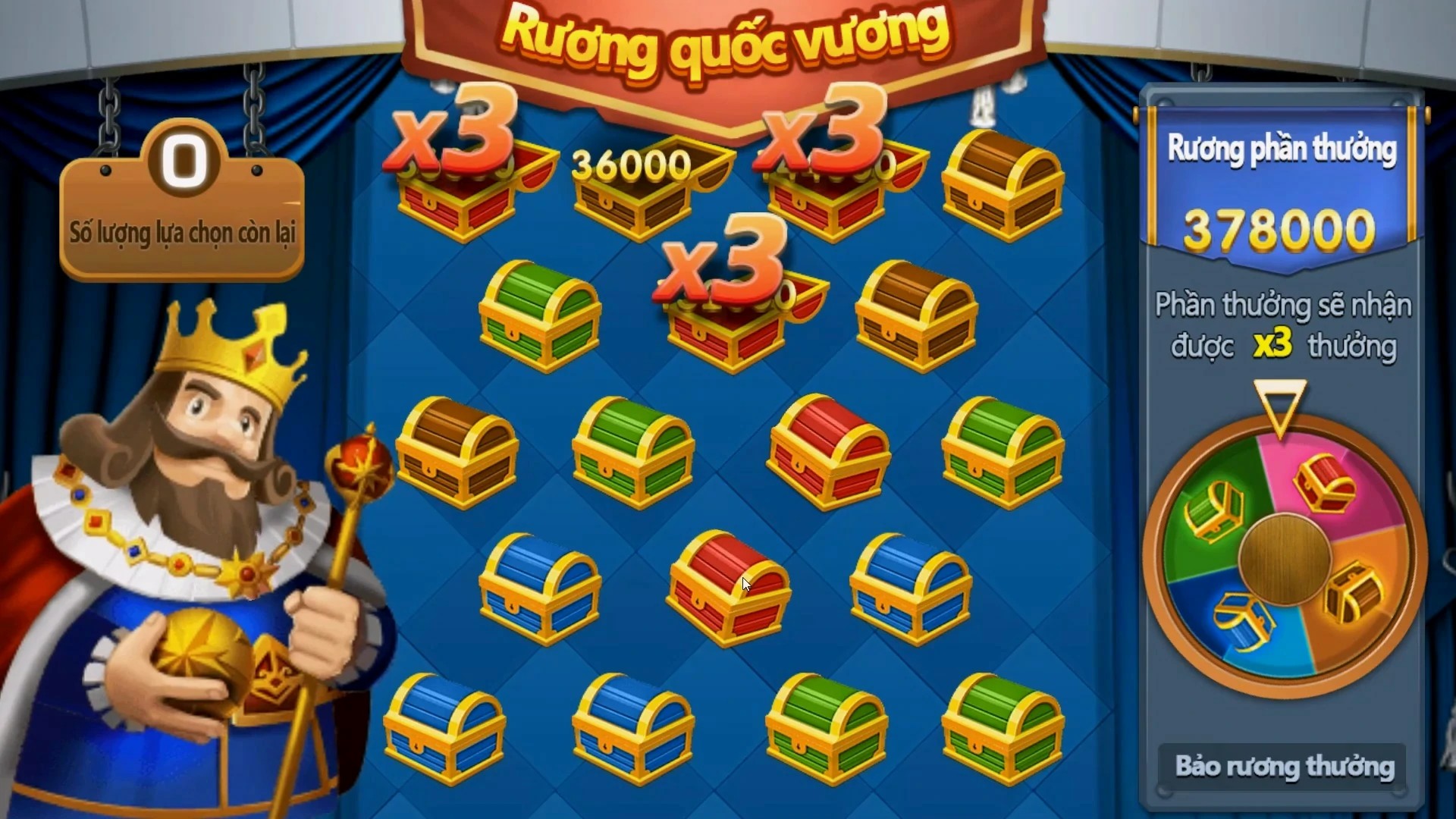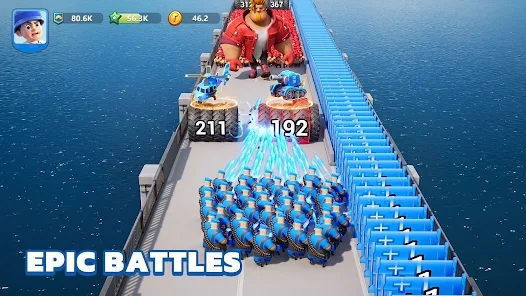The Rising Empire of Hyper-Casual & Creative Games in Modern Playspaces
Ever felt the tremble of adrenaline rush from a two-minute game that barely demands any thinking or reflex? Enter the universe of hyper-casual games — where simplicity meets scalability and short-form engagement turns into an unending loop of obsession. In an era ruled by digital noise, these games offer an antidote: instant access, instant dopamine.
| Metric | Description |
|---|---|
| User Base | 40M+ Monthly Players in the APAC and NA Zones (2024) |
| Average Playtime | 80% Play Under 5 Minutes Per Session |
| Retention | 40-48h D2R for Top Tier Games |
| Ad Revenue | Monetized Via Reward Videos, Banners & Interstitials |
- Ease Of Adoption (One Tap, Endless Loop)
- Adaptive Design for Small Attention Units
- Huge Cross-over Potential with Fantasy and RPG Builders (See Below)
- Mutability of Core Mechanics for EA-Like Titles (See Below)
Creative Games as a Disruptive Force: From Pitches to Profits
While big-name studios chase photorealism, nine-figure micro-games thrive in the background like stealth startups. Creative games — which allow not only participation but user-driven narrative creation— are shifting the power equation from dev-to-user to dual-control ecosystems.
What's the difference between traditional mobile arcades and a creative mini-game? Let’s break it down...
Hyper-Casual Games Meet Fantasy RPG Maker: When Short Becomes Deep
You’ve heard of EA’s dominance in the Sports FC world — now imagine a universe where each match can be distilled into a one-screen challenge that blends RPG elements.
- Players craft heroes in 60 Seconds.
- Battl in timed skirmishes in 2 min intervals
- Loot, evolve and return the next session to level deeper.
The Mini-Adventure Framework
The framework above, for a mobile title with zero tutorials but 5 layers of emergent storytelling, was inspired by both fantasy RPG creators and fast-play loops seen in the best EA FC 25 Rush moments of action. In other words — the creative game becomes a vessel that carries narrative complexity while preserving the snackable bite-sized nature hyper users adore.
The Ad Monetization Alchemy: Creative vs Passive
Traditional apps use the passive ad formula — "show it, hope someone clicks" — the future lies in blending creativity with incentive systems. Ever wondered how players accept watching ads voluntarily without feeling "disturbed"?
| Type of Ad Integration | User Perception | Mechanical Fit | eCPM Comparison ($$) |
|---|---|---|---|
| Reward Ads | Predictable, Positive Expectation | 87% Match to Gameplay Goals | $8-20 |
| Interstitial | Risky – Often Annoying | 40% Engagement Match | $2-5 |
| Native Banners | Intrusive / Background Only | Low Fit to Context | ~$1+ |
How Creative Games Enable Lower CPA in Marketing
- Viral Loop: When users create content (e.g. mini-maps in a RPG creator style), they become marketers — sharing links to see if "Their Map will be played"
- Sponsored Mechanics – Players craft custom mini-games with partner assets and spread via social
- Data Harvesting: Every choice becomes a data point, helping AI tune future micro-games and creative tools for deeper engagement.
The Secret of Retention Lies in Creativity — Here’s Why
- Progressive Complexity – You learn while playing through creative puzzles vs rigid tutorials
- Saved Progress via Cloud (e.g., in a hero builder RPG) – gives you reason to return later, blending the hyper casual session into deeper immersion over time.
Becoming a Powerhouse Platform
It started small — a tap to jump, a swipe to dodge — but creative mini-games are quickly morphing into mini-stores. Consider this:

- Some mini-game hubs have evolved into mini marketplaces
- Creators monetize via built-in economies
- Cross-promotion across EA-style FC Rush and RPG Maker games builds community
- This isn't just games — it's early stage Web 4.0
Think Rocket Jumping: fast growth, short learning curve, then massive potential once hooked — much like EA’s FC 25 does inside their larger platform but at a fraction of the cost and complexity in hyper casual settings.
Where EA Sports, Fantasy and Micro Creatives Overlap
The Sports FC Rush team at Electrnoic Art has made one bold move: integrating mini-adventures in the middle of the game's flow as "skill challenges", "fan fiction match-ups", and "build your dream squad through a quick tap mode".
-
Their micro mode uses creative assets, letting fans create alternate match scenarios.
It ties into longform content (i.e., the actual FIFA FC game).
And yes, users
keep coming back even between updates just to check new mini games created by others.
Data-Driven Evolution: How Hyper Casuals Become Intelligent Tools
The next stage of evolution in creative games isn't just about artistry or storytelling. It's about becoming a learning engine, one where A.I-driven personalization adapts the game to the player’s choices and preferences.
Some titles like
- “Pixel Dreams: The Dungeon Creator",
- “Jump Quest Maker Edition", and even
- "The Unnamed Fantasy Quest in Hyper"
already test AI tools that dynamically remix maps, monsters, and dialogue based on player behavior. It's not science fiction anymore; it’s the future playbook.
Challenges on the Road Ahead
- Limited User Attention (though it works well for short bursts of content)
- Design Complexity: Balancing simplicity vs depth isn't easy. Many games fail to walk the edge.
- Platform Restrictions: Android & IOS are getting more stringient with ad policies.
- Maturity in Tools: Game maker tools need to be more user-friendly to allow for true creative diversity.
Toward a Gamefied Creative Culture
When hyper-casual meets creative, it sparks something bigger. We are not talking about a single app's revenue stream but the creation of culture itself. These games offer new forms of self-expression, collaboration, and storytelling — especially among teens, who find identity through the avatars, mini-quests, and tiny narratives they craft.
As this micro-trend expands, it could redefine game design itself. EA Sports, indies, RPG fanbases, and fantasy lovers alike all play a role. Whether building the ultimate striker through an FC 25 Rush card creator app or shaping the story arc of a pixelated knight inside a creative mini-RPG tool kit, the message is the same: anyone with a tap can build something epic.
Conclusion: The Next Wave of Mini-Gaming is Already Here
- Creative mechanics unlock deep player engagement
- User creation fuels natural sharing and retention loops
- Evolving monetization strategies open doors for studios, creators and nobody players who suddenly feel like game developers.
- This isn't a flash in the pan – It's a shift. And you'd better tap to play now, before someone builds your world before you can dream of it yourself.
Hyper casual and creative gaming aren’t just passing trends or short-form diversions. They're part of the broader evolution in how we play — more flexible, more collaborative, more experimental. As Fantasy RPG Maker style games merge with short, high-impact loops from titles like FC 25 Rush, and as creative content meets AI customization tools, the entire genre is set to mature and monetize at a faster pace than many predicted.
Browse Related Titles
- Hero Creator’s Dungeon Quest: Build Your Own Mini Fantasy Realm (iOS & Android)
- Soccer FC 25 Rush Creator: Design Your Own Match Style in 90 seconds (Mobile/Conso)
- Pixel Fantasy Dreams: RPG Builder With Creative Mode (Switch)
- The Tap Realm Saga: Short Battles. Deep World Building. (Steam)



